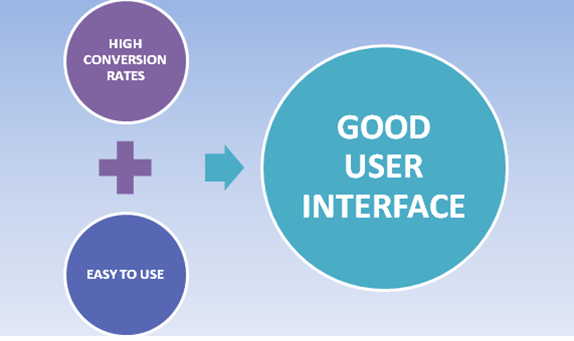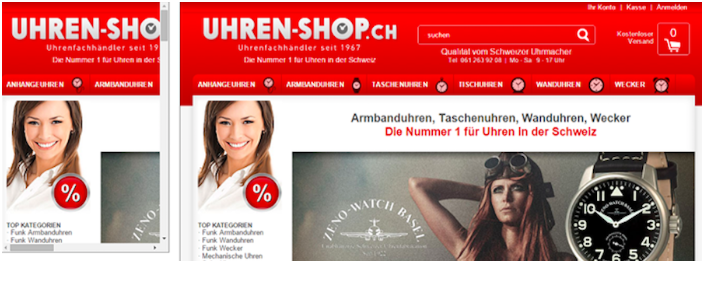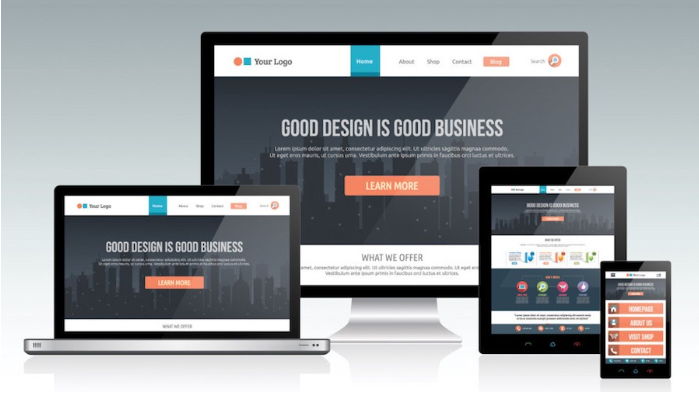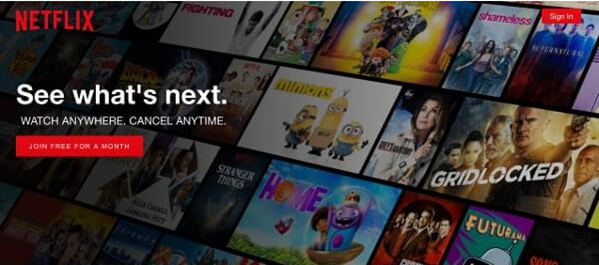The Importance of User Interface
UI is an acronym for the word ‘User Interface’. Neil Patel describes “user intent” as the goal someone has in mind when typing a query into Google. US is:
- How people interact with other products or services.
- Used in Web & Mobile Apps.
- It’s more of a bridge between a human being and a system.
Many at times people confused UI and UX (User Experience), well it’s not the same. User experience (UX) is what a person feels as he experiences a product or service. Its equally as important in the realm of content marketing and it plays a significant role in website and mobile applications.

Beyond Content & Links: Why is UI Crucial for SEO?
Search marketers are quite correct when they say content is ‘King’ when it comes to Search Engine Optimization (SEO). While we are busy generating great content for our target audience, there is another aspect that we tend to completely overlook. The question is what is it?
You guessed it right! Its the aspect of how information (content) is presented to its targeted audience. By this, we are refering to User Interface (UI) which is quite an integral aspect of promoting content on the internet. With the inclusion of recent updates like Hummingbird, Panda, Penguin, Pigeon and hundreds of other Google algorithms that are being tweaked on a regular basis, it becomes critical to know how users are reacting to the website User Interface.
The experience that the visitors go through definitely counts when it comes to how we perform on Search Engines with special emphasis being on Google!
As webmasters, it is very important to understand how our users or readers react to our sites.
- Are the visitors spending ample time on the website?
- Are they finding the relevant information with minimal clicks?
- Are they taking desirable actions?
- Why are they bouncing off from the website?
- Is the website capable enough to drive visitors to the right content/sections and encouraging them to take actions thereafter?
While there are many questions to ponder over, the simplicity behind having a great website is obviously to have useful content, enhanced UX with a well laid out UI.
The Importance of UI
1. Team work: SEO + UI
SEO is the medium to drive traffic, while UI creates first impression. Both work together to ultimately serve user’s intent, hence conversions on the website. It is that bit of Creative effort which aids to boost conversions.
“…If you don’t have search engine optimisation, its harder to be found, if you don’t have end-user optimisation, you don’t get conversions… you need to have both…Try to see them in tandem (i.e. Search Engines and End Users) …Your users’ interest and the search engine’s interest are always aligned….Hence you need to view them as one unit. .”
What happens on the web page is our real goal or concern (conversions). SEO and UI are more like unified partners that marketers/businesses need to respect since one cannot work without the other.
2. Graphics Make the Site more Attractive
This concerns with how the content is made more impressive and informative to the visitors. It’s the image and graphics support along with content that makes the visitors more interactive on the website and react positively to the information provided. Using the right mix of graphics, images and text is a simple and effective idea. More so, the use of image alts, Meta information, SEO friendly URLs further helps to attain more SEO benefits. Lastly, we need to make sure that the graphics are responsive on mobile devices too. This is important and is explained below.
Bad Responsive Design:

Responsive design is a must for website whose target audiences also come from mobile users.
Good Responsive design

3. Visibility: Above and below the fold
Before developing or designing a web page, it is highly important to evaluate the target audience and purpose of the website. The concept of above the fold actions come from newspapers and was later adopted as a norm for websites too. You need to first evaluate the objective the website needs to serve the target audience. With the changes in user behaviour and assimilation of information available on the websites, visitors have learned to scan and scroll the web pages below the fold too. Above the fold concept still remains important, but the judgement of how we can attract visitors with content, images and graphics that makes visitors to look for more, cannot be ignored.
4. Call-to-Actions
Have you struggled to get visitors to your site to do what you want? Maybe you want them to sign up or get a demo of your product, but they never make it to that page? The call-to-action (CTA) is a button or link that you add to your website in order to guide your visitor and tell them what to do next. It emphasises on what a user is expected or anticipated to do. Additionally, Call to Actions help visitors find what they need. They open up the website and assists users to consume content they are searching by making it easy to access, increasing engagement and in turn improving the probability of conversions. Below is a good example of a good call-to-action:

Netflix uses persuasive text to guide you to their free trial. They let you know how convenient their product is with the ability to watch anywhere as well as the ability to cancel if you’re not satisfied.
5. Sharing Blogs & Content on Social Media Platforms:
Great content created should always have an edge and facilitate users to reach out to it through social media platforms easily. Social networking sites and user engagement needs no introduction, and both should be utilised together for desired end user optimisation. Social media may not have the biggest impact on your ranking in search engine results, but it does signal to search engines like Google that your content is both relevant and widely shared by users.
To sum it all up on UI…
UI has a crucial impact on the online purchase cycle of products and services. SEO professionals (me & you), through their ethical practices strive to create an optimal balance of ALL the aspects, and keep their clients ahead of the competition.


